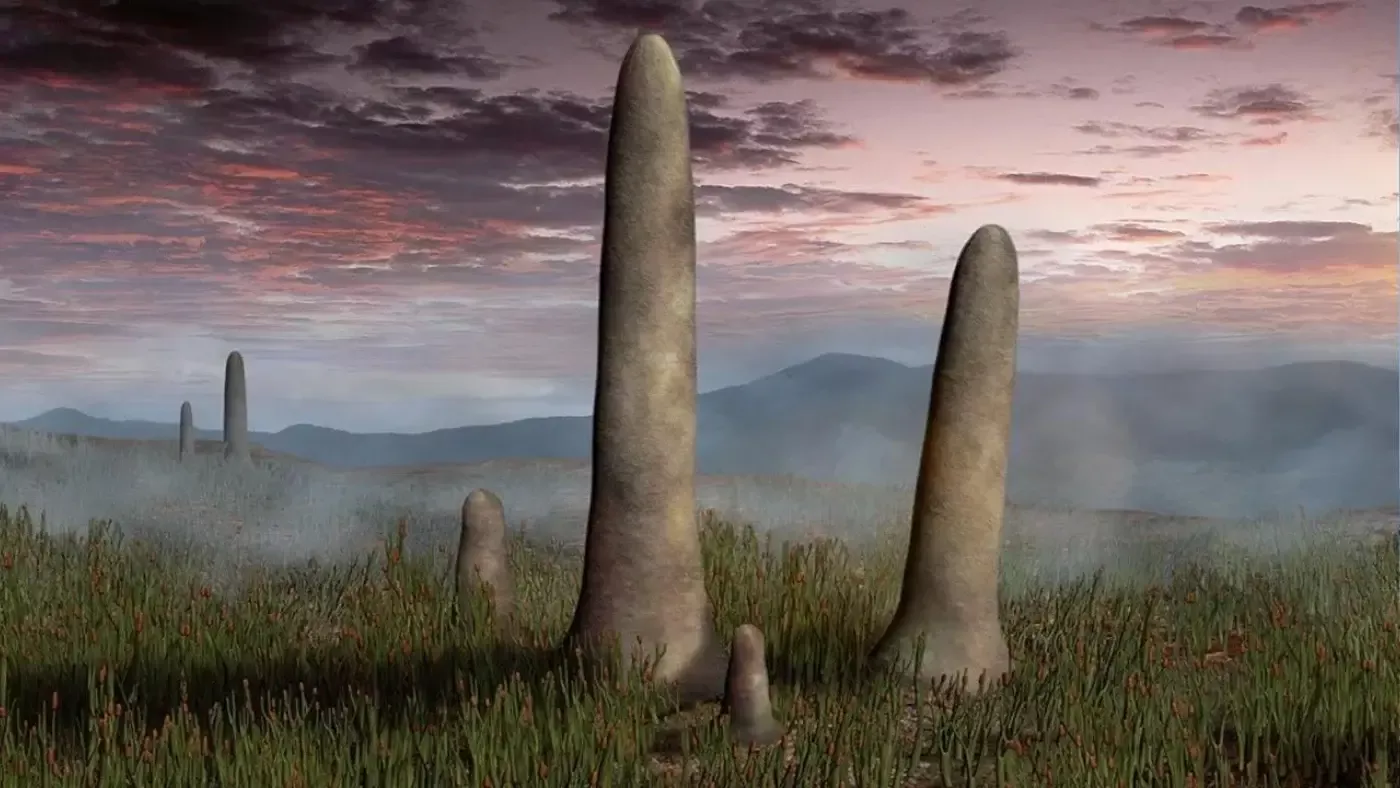
Scottish researchers have cast doubt on our understanding of ancient life on Earth. They studied a bizarre organism known as prototaxites and concluded that it does not belong to any known category to date.
What are prototaxites?
Prototaxites are mysterious organisms that lived approximately 400 million years ago and could grow up to 8 meters tall. They were discovered in a fossilized state as early as the 19th century, but scientists initially thought they were trees. Later, hypotheses were proposed that they could be fungi or algae. However, recent microscopic and chemical analyses conducted by scientists at the University of Edinburgh have disproven these hypotheses.
“We could not link them to any known category. Prototaxites resemble neither fungi, nor plants, nor other cellular organisms. They have a unique cellular structure,” the research conclusion states.
The most mysterious life form
Experts believe that prototaxites may represent a unique eukaryotic life form. They lived in swampy landscapes during the Silurian and Devonian periods and were true giants among the ferns and horsetails that existed at that time.
The role and extinction of prototaxites
Scientists do not have clear information about the role these organisms played in ancient ecosystems. Perhaps they emerged as part of evolution and then disappeared. However, their existence once again proves how unusual and diverse the development of life can be.
Recent studies on prototaxites continue to show that there are still unexplored mysterious pages of life on Earth. This could open new directions for future archaeological and biological research.